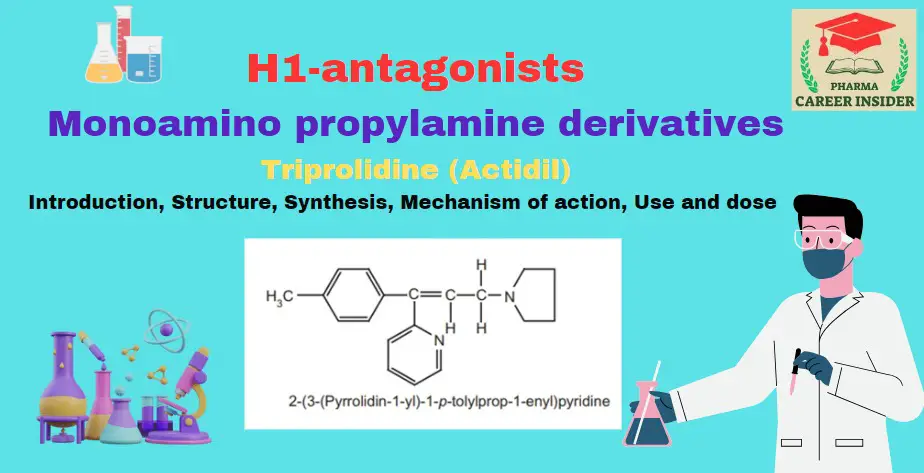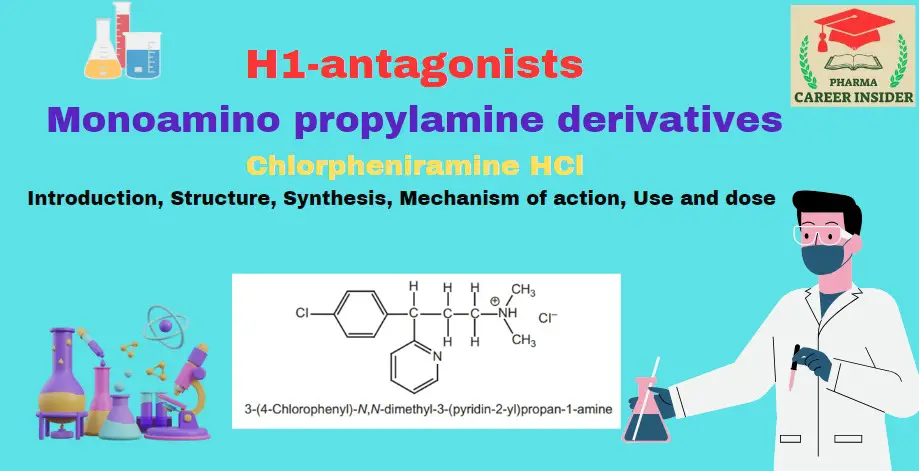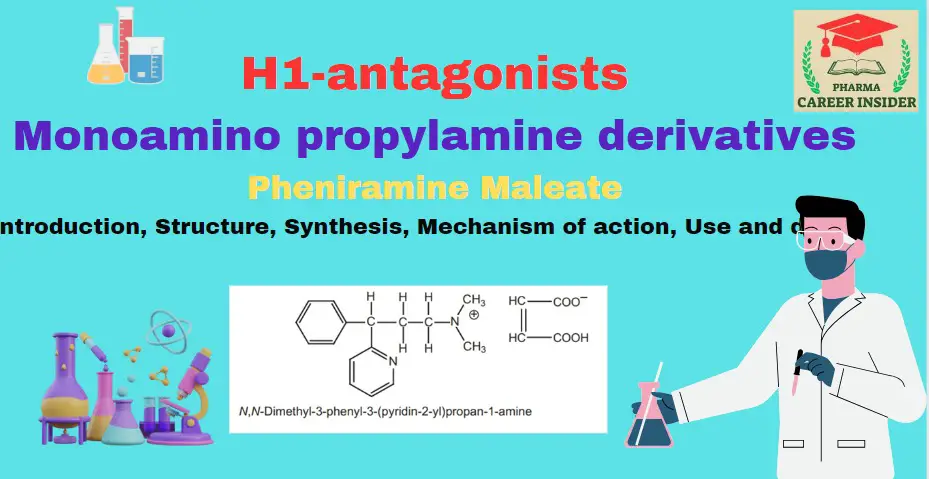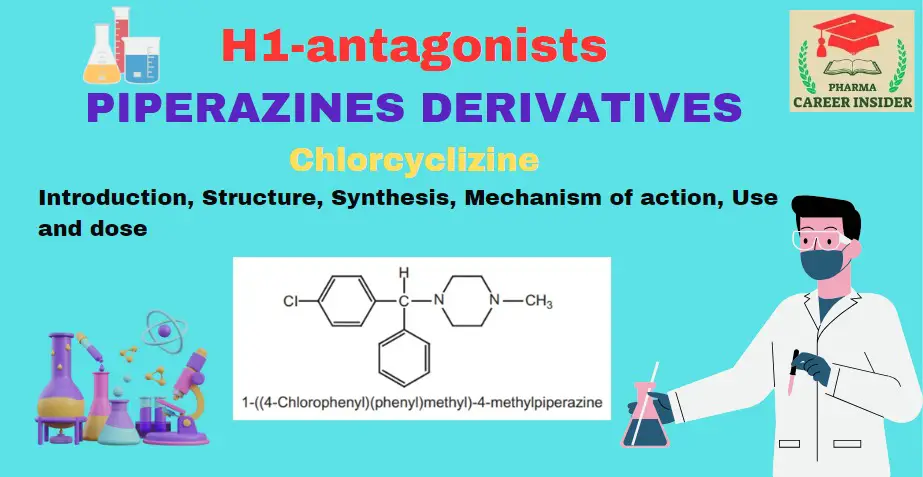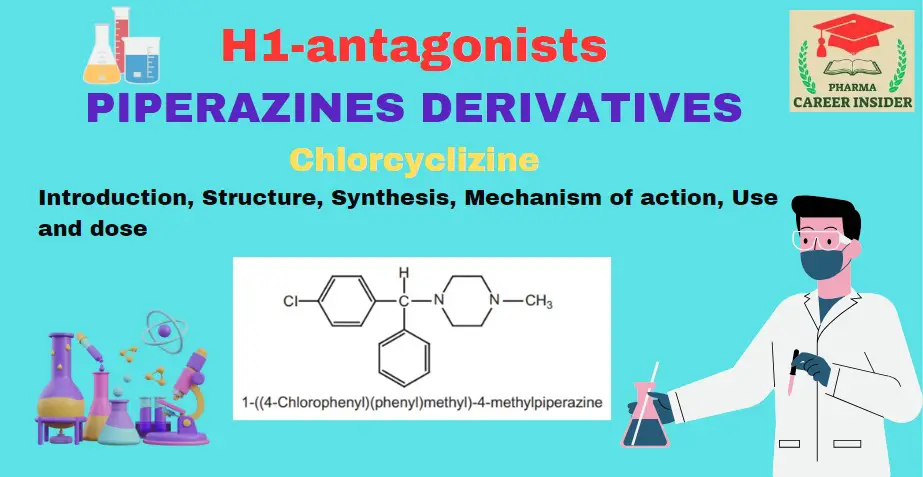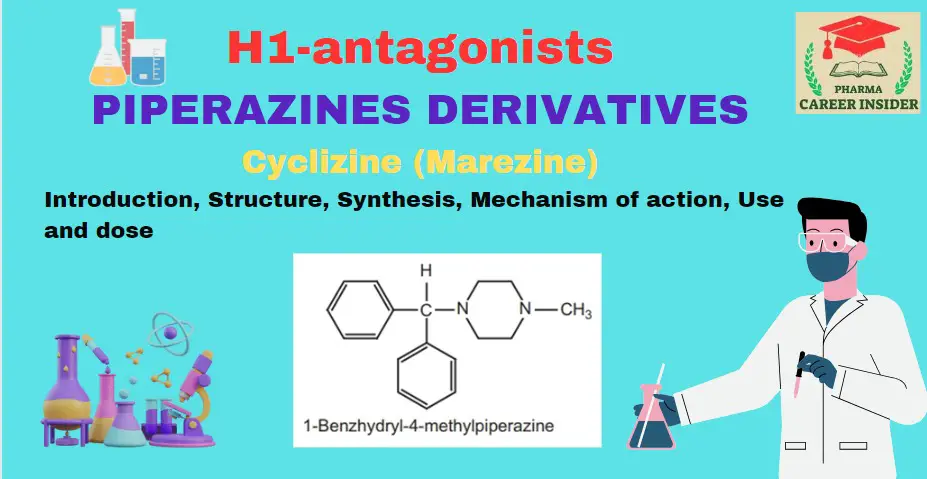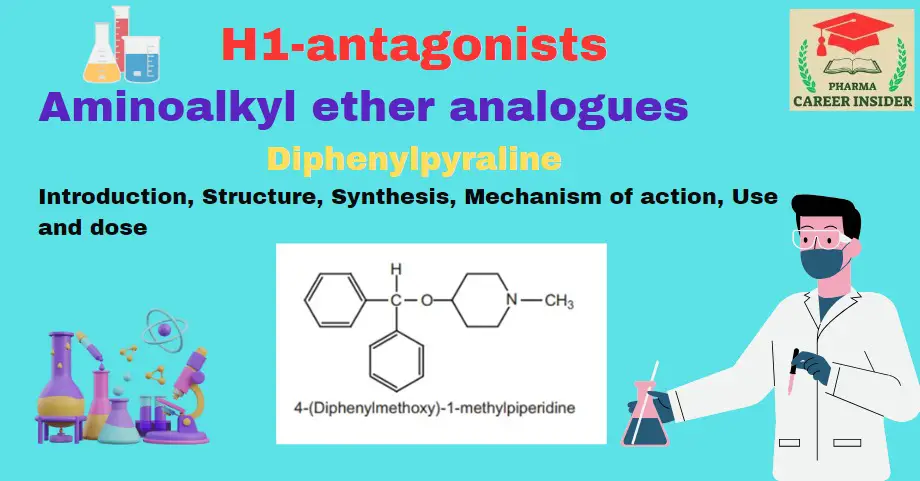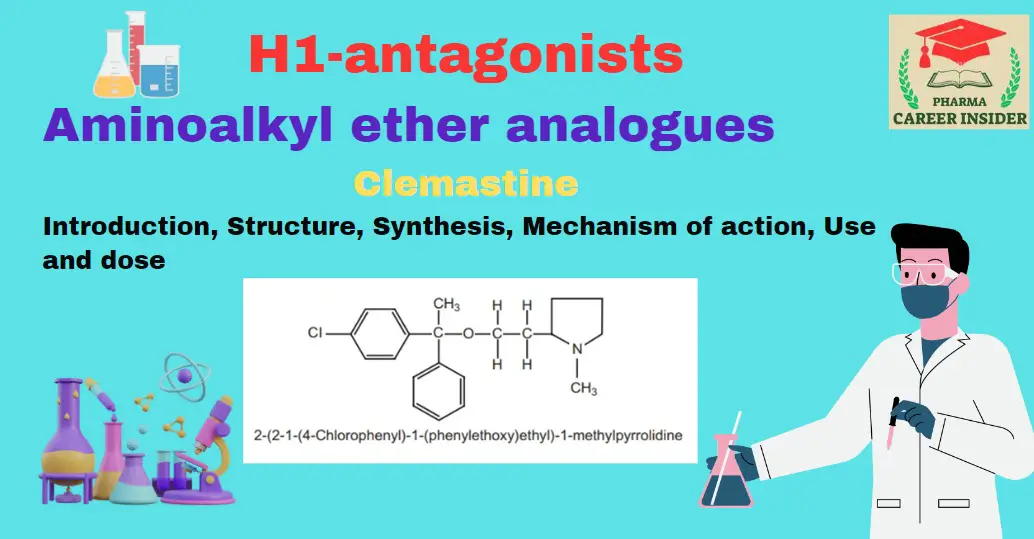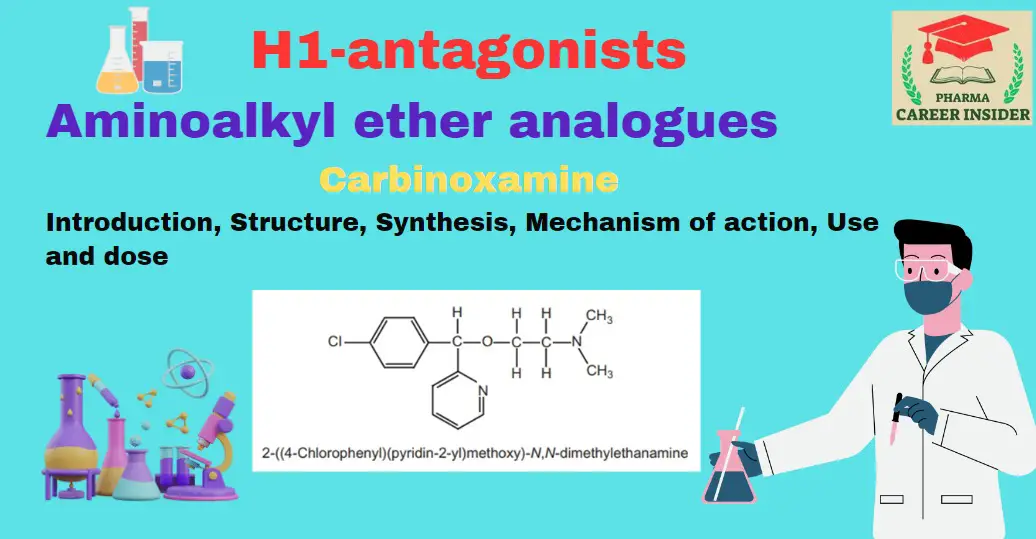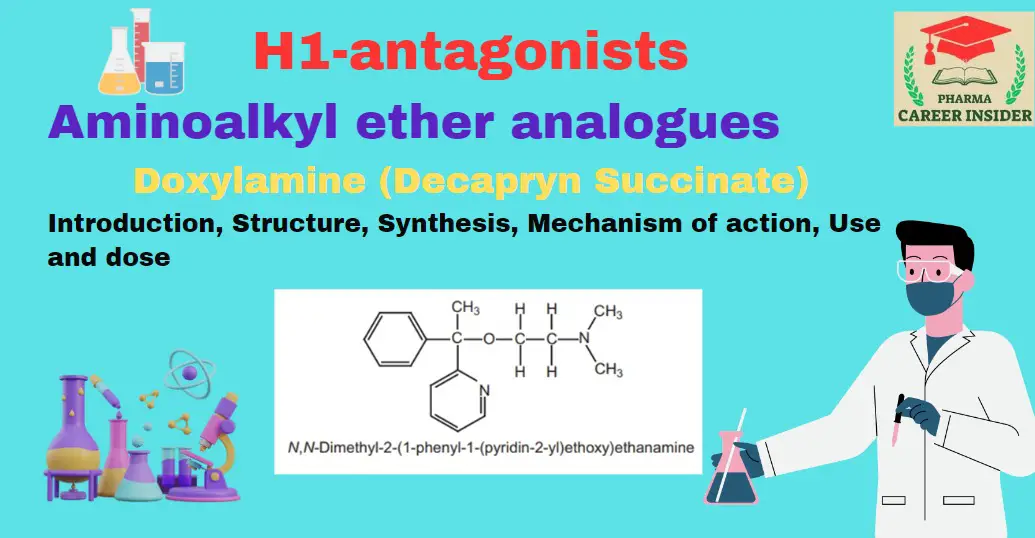Unsaturated analogues
Triprolidine (Actidil) Introduction Triprolidine is a widely utilized antihistamine known for its effectiveness in alleviating symptoms associated with allergic reactions. Functioning as an H1 receptor antagonist. Primarily used in treating allergic rhinitis, hay fever, and cold symptoms, triprolidine is commonly administered orally in tablet or syrup form. Structure Synthesis Mechanism of action Triprolidine is an H1 … Read more

